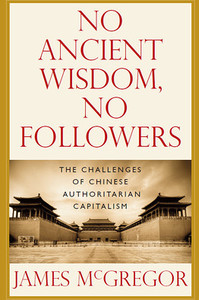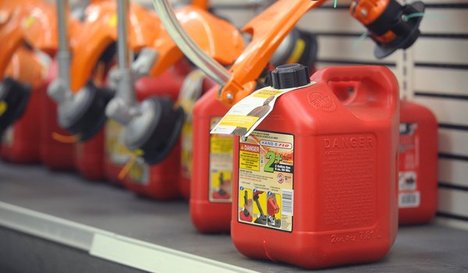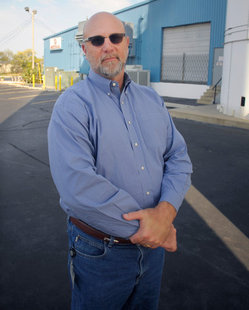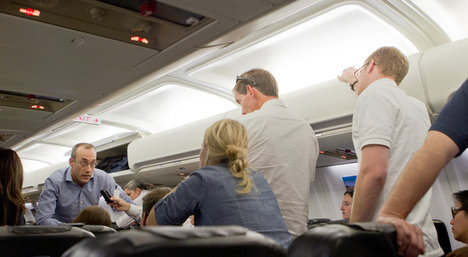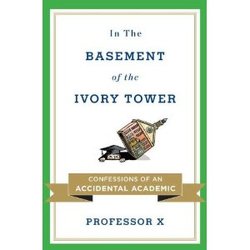Some consumers let their guard down on medical issues, assuming that the government Food and Drug Administration (FDA), and large incumbent bureaucratic non-profits, like the American Cancer Society (ACS), will protect them—it ain’t necessarily so. Caveat emptor should remain the rule for consumers.
(p. 39) Of note, one of the reasons for the lack of updating the rules and acknowledging UVA rays has been heavy pressure from sunscreen manufacturers, which include Johnson and Johnson (Neutrogena), Merck-Schering Plough (Coppertone), Proctor and Gamble (Olay), and L’Oreal. Interestingly, in Europe products that provide solid UVA protection have been available for years. The concerns run even deeper because many of the products (41 percent in the United States) contain a form of vitamin A known as retinyl palmitate, which has been associated with increased likelihood of skin cancer. There are, however, no randomized studies, but biological plausibility and the observational findings of a rising incidence of basal cell (p. 40) carcinoma and melanoma, despite the widespread use of sunscreens. In mid-2011, the FDA finally unveiled some new rules about sunscreen claims.
This issue really hit home when my wife brought out a tube of Neutrogena Ultra Sheer Dry-Tough SPF 30 Sunblock. It claims “Broad Spectrum UVNUVB Protection” despite repeatedly failing UVA tests. But the real eye-opener is to find the American Cancer Society logo on the front of the tube with the message “Help Block Out Skin Cancer.” Now what is the American Cancer Society logo doing on the tube of Neutrogena? The fine print on the bottom reads: “The American Cancer Society (ACS) and Neutrogena, working together to help prevent skin cancer, support the use of sunscreen. The ACS does not endorse any specific product. Neutrogena pays a royalty to the ACS for the use of its logo.”
Source:
Topol, Eric. The Creative Destruction of Medicine: How the Digital Revolution Will Create Better Health Care. New York: Basic Books, 2012.


